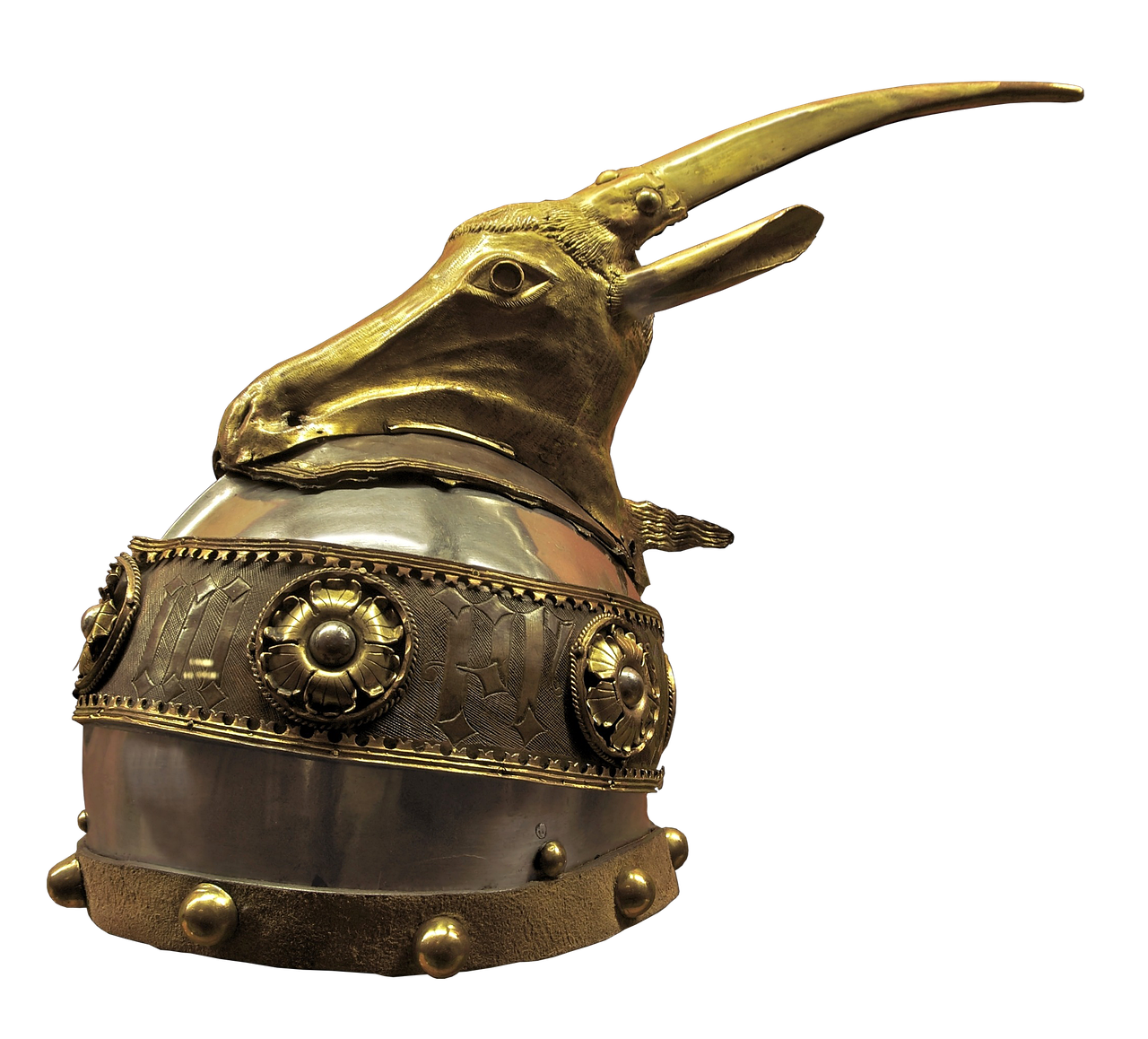Artifacts - Part 2
The Fascinating World of Historical Objects
Exploring historical objects can provide us with a window into the past, offering insights into the lives, cultures, and technologies of bygone eras. In this article, we continue our journey through some remarkable historical artifacts that have captivated people's imaginations for generations. Let's delve into the stories behind these intriguing objects.
The Rosetta Stone

The Rosetta Stone, discovered in 1799, is a stele inscribed with a decree issued at Memphis, Egypt, in 196 BC. It played a crucial role in deciphering Egyptian hieroglyphs and unlocking the secrets of ancient Egyptian civilization.
The Terracotta Army

Discovered in 1974 near Xi'an, China, the Terracotta Army is a collection of terracotta sculptures depicting the armies of Qin Shi Huang, the first Emperor of China. This incredible archaeological find showcases the military might of ancient China.
The Dead Sea Scrolls

Found between 1947 and 1956 in the Qumran caves near the Dead Sea, the Dead Sea Scrolls are a collection of Jewish texts dating back to the 2nd century BCE. They provide valuable insights into ancient Jewish religious beliefs and practices.
The Disk of Phaistos

Discovered in 1908 in Crete, Greece, the Disk of Phaistos is a disk of fired clay covered on both sides with a spiral of stamped symbols. Its purpose and meaning remain a mystery, sparking much speculation and debate among archaeologists and historians.
The Antikythera Mechanism

Recovered from a shipwreck off the coast of the Greek island of Antikythera in 1901, the Antikythera Mechanism is an ancient analog computer used to predict astronomical positions and eclipses for calendrical and astrological purposes. It represents a remarkable advancement in ancient technology.
Each of these historical objects offers a unique glimpse into the past, enriching our understanding of ancient civilizations and the ingenuity of our ancestors. Exploring these artifacts can be a truly enlightening and awe-inspiring experience.
For more fascinating insights into historical objects, stay tuned for future articles in this series.
